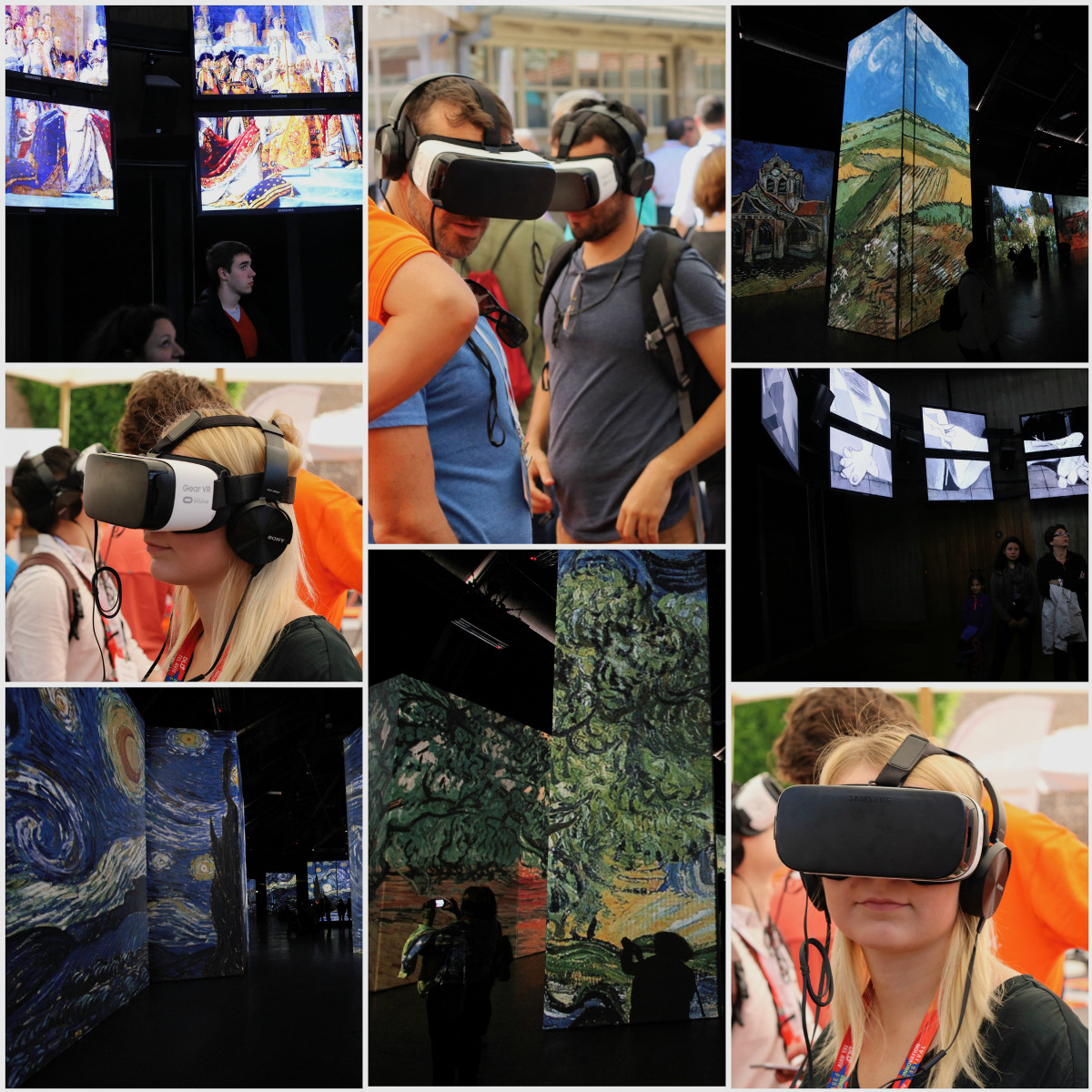A growing number of organizations transition conferences to virtual format due to growing concerns around the spread of COVID-19
Close your eyes and imagine the future of the event industry.

Budget is the biggest concern for corporate event professionals, ever. Companies participate in trade shows to generate new sales leads. People attend conferences for content and networking. Attendance of traditional conferences and trade shows have long been a recession-prone, pandemic-flu-prone and terror-attack prone. Physical trade show is a hassle for a large corporation and a major logistics nightmare for small and medium players. At a physical convention hundreds of vendors and thousands of visitors meet in a cramped noisy space. An average visitor is bombarded with competing and conflicting marketing messages. In physical events success is always on the side of the big battalions – larger corporations with big war chests get premium advertising space, premium booth space and keynote presentation time.
Here comes emerging event market on the wave of game changing and leveraging technologies in the overlap of different industries – convention industry, edutech and entertainment. The traditional conference and trade show market will gradually move the way of virtual events, and will continue to adopt virtual technology to either replace physical events where attendance is lagging or complement physical events. It is just a matter of time before the virtual events world and the trade show world merge to create the next generation of events – a hybrid of the old and the new.
So far the private sector leads in adoption of the virtual event technology to power corporate events, yet virtual events in public sector are slowly gaining traction as well. Virtual Reality (VR) technology is increasingly implemented into multimedia exhibitions, breaking constraints of time and geography. New content licensing models will likely emerge in years to come, models that will allow leading museums to export the immersive multimedia exhibitions as an integral package combining unique content, immersive hardware and software platform. The immersive multimedia exhibitions are on the rise, opening up a wide array of market opportunities in content media development.

The dataset includes:
Year by-year virtual event market forecast.
The virtual event market segmentation by participation revenue and year-by-year segment forecasts
- Virtual conferences;
- Virtual tradeshows;
- Online courses & training webinars;
- Immersive virtual reality exhibitions.
Year-by-year virtual event market segmentation by private and public sectors:
- Corporate virtual events;
- Government virtual events;
- NGO virtual events.
Year-by-year virtual event market segmentation by platform provider revenue:
- Virtual conferences;
- Virtual tradeshows;
- Online courses & training webinars;
- Immersive virtual reality exhibitions.
Year-by-year virtual event market segmentation by infrastructure, tools and services:
- Streaming & unified communications;
- Content & media development;
- Networking & collaboration tools;
- Event marketing (contact & email management, social media);
- Attendance & speaker management;
- Access management;
- Learning management system (LMS);
- Content management system (CMS);
- Immersive environment hardware;
- Immersive environment management system;
- Event planning services, outsourcing;
- Analytics;
- VR hardware & software;
Table of Contents
1. Market Report Scope and Methodology
1.1. Scope
1.2. Research Methodology
2. Executive Summary
2.1. What is the current state of the virtual event technology and market?
2.2. What features are essential for virtual event platform?
2.3. What are the virtual event market drivers and inhibitors?
2.4. What are the virtual event market opportunities?
2.5. Virtual Conference & Trade Show Market: Key Predictions
3. Virtual Event Solutions & Services: Competitive Landscape
3.1.1. Virtual Event Solution & Services Providers
3.1.2. Full Suite Service Providers
3.1.3. Communications / Collaboration Tools
3.1.4. 3D Environment
4. Dataset: Virtual Event Market Forecast
List of Figures
Fig. 1- Virtual Event: what it is and what it is not
Fig. 2- Selected Virtual Event Solutions & Services Providers
List of Tables
Table 1 – Bottom-line Reasons for Virtual Event Existence
Table 2 – Cornerstone Features of Virtual Event Platform
Table 3 – Virtual Event Market Drivers and Inhibitors
Table 4 – Virtual Event Market Opportunities
Table 5 – Virtual Event Market Forecast, $Mln
Table 6 – Virtual Event Market Forecast by Participation Revenue, $Mln
Table 7 – Virtual Event Market Forecast by Public and Private Sector, $Mln
Table 8 – Virtual Event Market Forecast by Platform Provider Revenue, $Mln
Table 9 – Virtual Event Market Forecast by Infrastructure, Tools and Services, $Mln